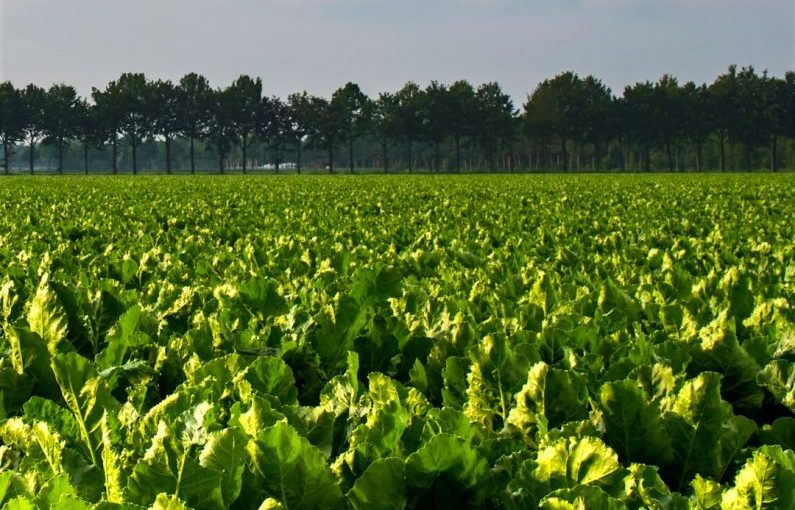In the world of sugar production, two main players dominate the market: sugar beets and sugar cane. While both sources provide the sweet substance that we all love, there are significant differences between them, especially in the context of European sugar production. Let’s delve into the intriguing world of beet vs. cane and explore the rise of European sugar.
The History of Sugar in Europe
Sugar has a long and storied history in Europe, dating back to the Middle Ages when it was considered a luxury item reserved for the elite. Originally sourced from the Middle East and Asia, sugar production eventually made its way to Europe, where it became a valuable commodity traded by merchants across the continent.
The Rise of Sugar Beets
Sugar beets, a root vegetable that contains a high concentration of sucrose, have become a significant player in the European sugar industry. The cultivation of sugar beets began in the early 19th century as a response to the Napoleonic Wars, which disrupted the supply of sugar cane from the Caribbean. European farmers turned to sugar beets as a locally-sourced alternative, leading to the rapid expansion of beet sugar production across the continent.
Advantages of Sugar Beets
One of the primary advantages of sugar beets is their ability to grow in temperate climates, making them well-suited to European agricultural conditions. Unlike sugar cane, which thrives in tropical regions, sugar beets can be cultivated in countries across Europe, from France and Germany to Poland and the Netherlands. This has allowed European countries to establish a robust sugar industry based on domestically grown sugar beets, reducing their dependence on imported sugar cane.
Furthermore, sugar beets are a more sustainable crop compared to sugar cane. They require less water and land to cultivate, making them a more environmentally friendly option for sugar production. As the world becomes increasingly focused on sustainability and reducing carbon footprints, the cultivation of sugar beets offers a promising solution for the future of sugar production in Europe and beyond.
The Dominance of Sugar Cane
While sugar beets have made significant inroads in the European sugar industry, sugar cane remains a dominant force globally. The tropical regions of Latin America, Africa, and Asia are ideal for sugar cane cultivation, allowing countries like Brazil, India, and Thailand to be major players in the global sugar market.
Sugar cane has several advantages over sugar beets, including higher sucrose content and more efficient extraction processes. Additionally, sugar cane is a perennial crop, meaning it can be harvested multiple times throughout the year, providing a continuous supply of raw material for sugar production. These factors have contributed to the widespread cultivation of sugar cane in tropical regions and its continued dominance in the global sugar industry.
Challenges and Opportunities for European Sugar
Despite the rise of sugar beets in Europe, the continent still faces challenges in competing with sugar cane on a global scale. The lower sucrose content of sugar beets means that more beets are required to produce the same amount of sugar as sugar cane, leading to higher production costs. Additionally, fluctuations in weather conditions can impact sugar beet yields, making the crop more vulnerable to climate change compared to sugar cane.
However, European sugar producers are not without opportunities. The increasing demand for sustainable and locally sourced products presents a unique advantage for sugar beets, which can be grown and processed within Europe’s borders. By focusing on innovation and efficiency, European sugar producers can continue to expand their market share and solidify their position in the global sugar industry.
The Future of European Sugar
As the world grapples with climate change and sustainability concerns, the future of sugar production in Europe is at a crossroads. While sugar beets offer a promising alternative to sugar cane, European producers must navigate challenges such as production costs and climate variability to remain competitive in the global market.
By investing in research and technology, as well as promoting sustainable farming practices, European sugar producers can secure a bright future for sugar beets in the European sugar industry. The rise of European sugar may ultimately hinge on the ability of producers to adapt to changing market conditions and consumer preferences, paving the way for a more sustainable and resilient sugar industry in the years to come.




